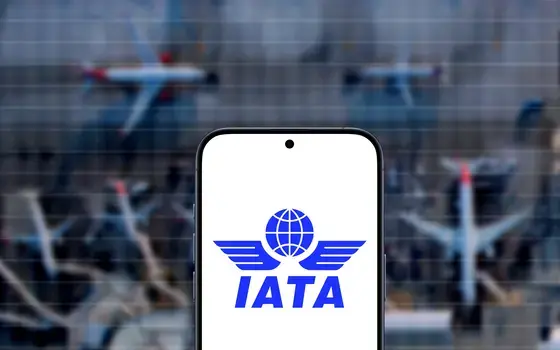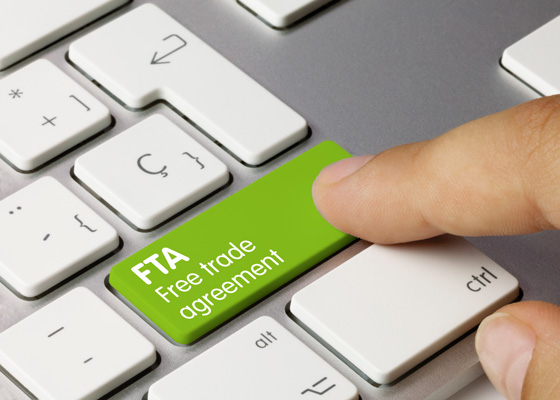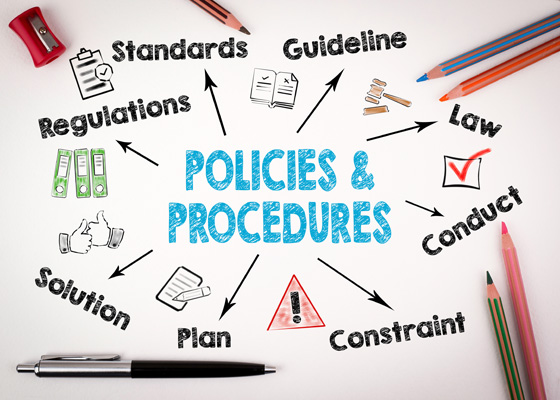On: November 19, 2025 By: Kari Crane
The BIS 50% Rule: What It Means for Exporters (and Why It’s Not Going Away)
Learn what the BIS 50% Rule means for U.S. exporters, how it expands export restrictions through ownership aggregation, and what steps to take—even during the enforcement delay. Includes expert guidance from our recent webinar.





![International Trade Briefing: November 2025 [Video]](https://shippingsolutionssoftware.com/hubfs/ITB%20November%202025%20Blog%20Featured%20Image.png)


